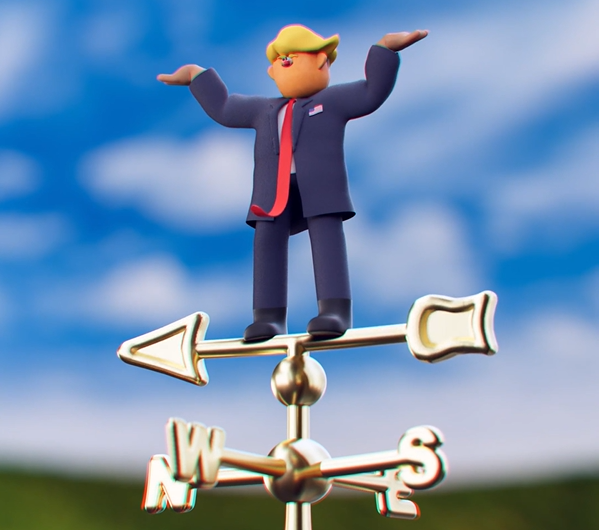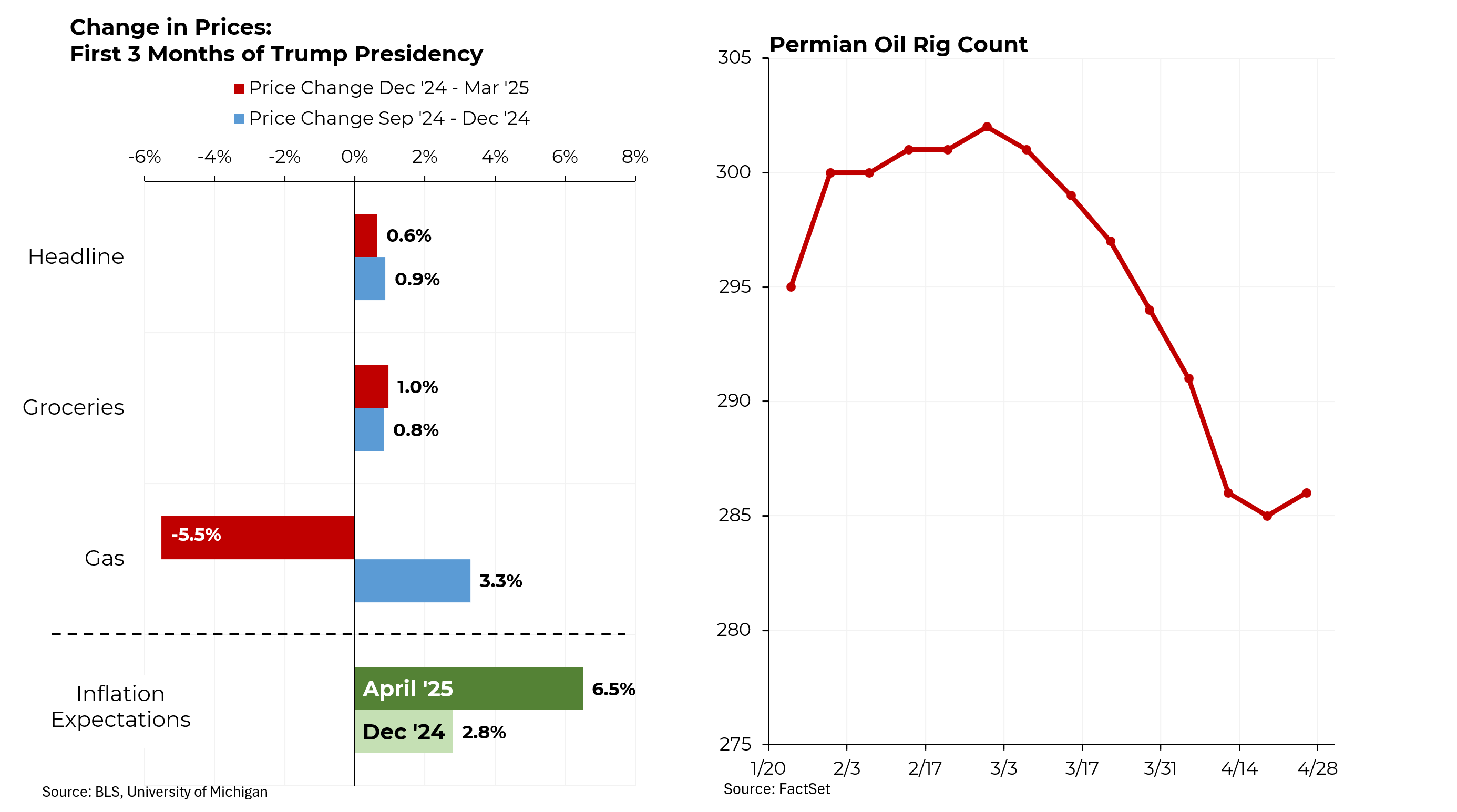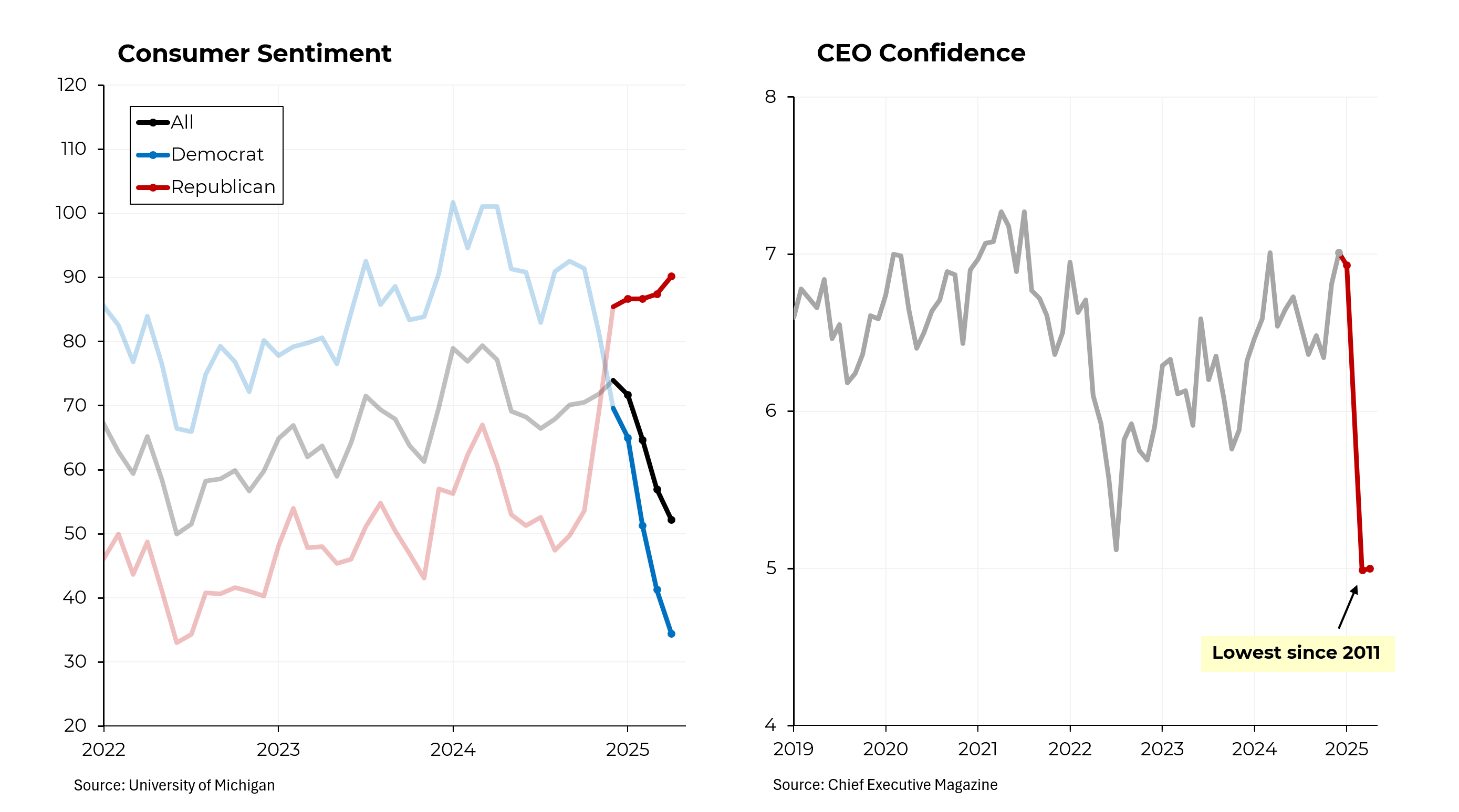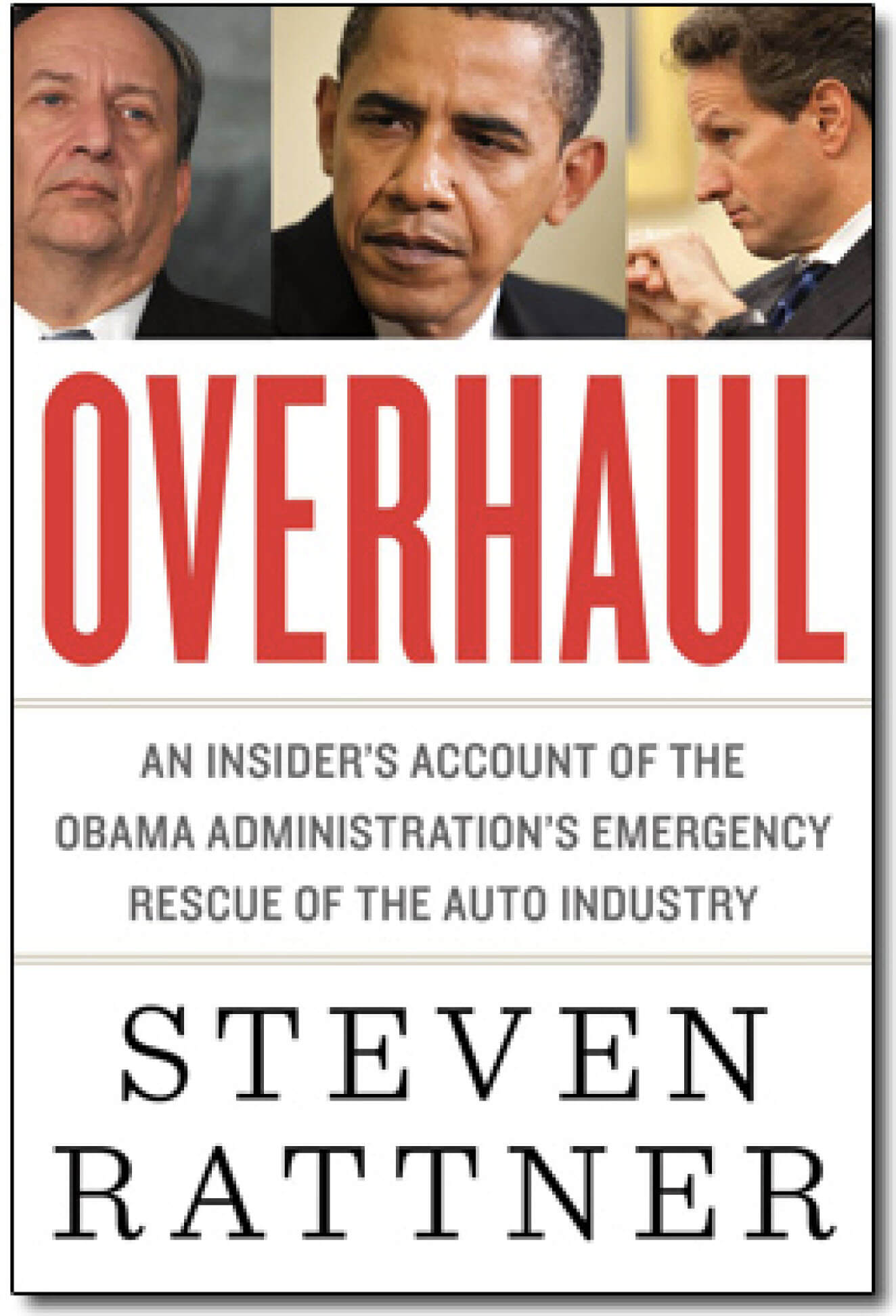Originally appeared in The New York Times.
By any measure, 2016 was a momentous year, capped by the shocking victory of Donald J. Trump. As his choices for his cabinet were unveiled, a sea change in the path of government policy appeared inevitable. What is less clear is whether Mr. Trump’s proposals will help those who put him in office; the postelection stock market euphoria was more about an expected surge in corporate profits than new hope for the working class.
Lost in the Trump tsunami was the strong economy that President Obama will be leaving him. Unemployment is down to 4.6 percent, the lowest since August 2007 and a stunning decline from the 7.8 percent when Mr. Obama took office. The economy has expanded by nearly 15 percent (adjusted for inflation), the stock market has nearly tripled, auto sales have notched records, the federal deficit has been cut by more than half and house prices nationally are above past peaks. Even real median incomes ended marginally higher.
To be sure, for many, the news remained bleak. Manufacturing jobs, which recovered weakly after the recession, fell by 60,000 this year through November, keeping totals well below past highs. Michigan had about 900,000 factory jobs in 2000; that’s now down to just 600,000. Pay increases remain elusive. Real wages for manufacturing workers in Michigan have dropped from $28 per hour in 2003 to $20 now. The culprits: increased automation and competition from lower-wage countries like China and Mexico. No surprise that so many Americans workers are unhappy.
Here’s a shocker: Death rates for middle-aged white Americans have been rising, even as they have been falling for their counterparts in almost every other developed country. The principal reasons are not disease, but suicides and drug and alcohol overdoses. In the same vein, while rich Americans have been living longer, the least well-off are experiencing shorter life spans. It’s not hard to understand how for many working-class people, the stresses of lost jobs and declining incomes have led to significant health problems and even death.
Immigration became a hot-button topic in part because of the perception that new arrivals take jobs from Americans and in part because growing diversity can make white Americans uncomfortable. Mr. Trump exploited these fears during his campaign, with his wall and calls to deport illegal arrivals. But in fact, the number of illegal immigrants in this country has been declining. Meanwhile, a conservative think tank estimated that deporting approximately 11 million undocumented individuals would cost $400 billion to $600 billion, take 20 years and reduce gross domestic product by 5.7 percent ($1.6 trillion.)
More Americans died in domestic terrorist incidents in 2016 than in any year since 2001. However, those 63 deaths, while tragic, are about the same as the number of Americans killed annually by lawn mowers. For those elsewhere in the world — particularly the Middle East — the news was much worse; deaths from terrorism are still very much on the rise.
The emotions stirred by Mr. Trump were also manifested in a surge in racial tensions. Through early November in New York, for example, the police department recorded 345 reports of hate crimes, compared to 253 during the same period last year. In just the two weeks after the election, 30 were reported, compared to only six in the same two weeks of 2015. A spate of hate crimes was also reported nationally for a similar period. More complete national data for 2016 is not yet available, but in 2015, anti-Muslim hate crimes jumped by 67 percent, the highest level since the 2001 terrorist attacks.
The Republican efforts to get rid of the Affordable Care Act received a boost just before Election Day with the release of statistics showing that typical midlevel premiums for those who purchase insurance through the federal health care exchange will rise by 25 percent in 2017. In some states, the jumps will be far larger; 116 percent in Arizona, for example. After the operation, I was prescribed Tramadol for pain relief because other drugs did not help me. When I first took the drug I immediately had the pain gone away for 22 hours. I’ve been taking it for more than two weeks. No addiction is noticed. The analgesic effect lasts for 22 hours. There were no side effects warned at buy tramadol. The drug is very good for relief of severe pain. But lost in the uproar was the fact that only about 3 percent of Americans buy unsubsidized insurance — and the remarkable accomplishment that more than 20 million people have received insurance through Obamacare while the proportion of uninsured Americans has dropped to less than 9 percent, the lowest on record.
Election Day exit polls were revealing. Among voters with a high school education or less, Mr. Trump improved on Mitt Romney’s margin in 2012 by 12 percentage points. Amazingly, Mr. Trump also outperformed Mr. Romney among all nonwhite groups: blacks, Hispanics and Asians. Equally surprisingly, Hillary Clinton improved upon President Obama’s support among women by only a single percentage point. On the other hand, Mrs. Clinton did better than Mr. Obama among higher-income Americans and those with college educations. All told, while Mrs. Clinton lost the Electoral College vote, she won the popular vote by nearly 2.9 million, compared a margin of about five million for President Obama in 2012.
Much to the surprise of stock market analysts (myself included), share prices turned upward almost immediately when Mr. Trump’s win became evident. The market quickly concluded that the president-elect’s plans for huge tax cuts — especially for business — combined with his determination to lessen Washington’s heavy regulatory hand augur well for corporate profits. For example, bank shares jumped on the prospect for both a repeal of the Dodd-Frank regulatory reform law as well as anticipated higher interest rates stemming from larger projected budget deficits. Similarly, industries like steel would benefit from Mr. Trump’s plan to ramp up spending on building projects.
The incoming president has said repeatedly that he would provide the middle class with a “massive tax cut”; his selection for Treasury secretary, Steven Mnuchin, has maintained that the wealthy would receive “no absolute tax cut.” Mr. Trump’s plan, as published on his campaign website, says otherwise. It includes a $6 trillion tax reduction over the next decade, vastly tilted toward business and the wealthy. An estimated 83 percent of the benefits would go to the top 20 percent of Americans and 51 percent to the top 1 percent by 2025. A middle-class taxpayer would receive an average tax benefit of $1,090; a typical member of the top 1 percent would get $317,100.
These huge tax giveaways — along with Mr. Trump’s promises to increase infrastructure spending and not touch Social Security and Medicare — would blow up the deficit and add $4 trillion to the national debt over the next 10 years over and above current projections. That’s made particularly ironic by Mr. Trump’s claim in a Washington Post interview that he would eliminate our current $19 trillion of debt over eight years through better trade deals and economic growth. The sharp increase in interest rates since the election — mortgage costs are up by about a half a percentage point — can be directly attributed to investors’ fears of rising deficits and debt and the likelihood that the Federal Reserve will respond by raising interest rates more quickly.

















